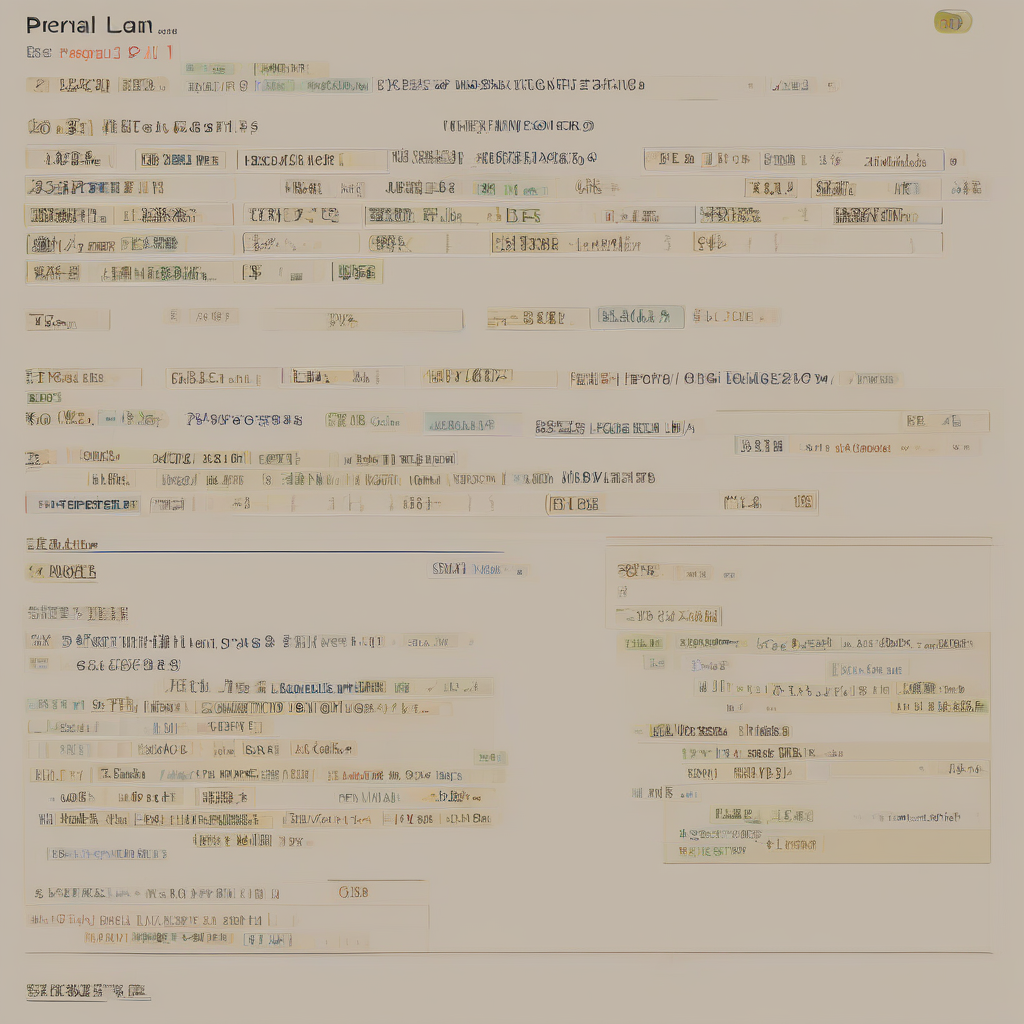Navigating the World of Personal Loans: A Comprehensive Guide
Personal loans offer a flexible financing solution for a wide array of needs, from debt consolidation to home improvements and unexpected expenses. However, understanding the intricacies of personal loans is crucial to securing the best possible terms and avoiding potential pitfalls. This comprehensive guide will delve into the various aspects of personal loans, equipping you with the knowledge to make informed decisions.
Understanding Personal Loans
A personal loan is a fixed-amount loan disbursed in a lump sum, repaid over a set period with fixed monthly payments (installments). Unlike secured loans, which require collateral (like a car or house), personal loans are typically unsecured, relying solely on the borrower’s creditworthiness. This makes them accessible to a broader range of borrowers, but often at a higher interest rate.
- Purpose of Personal Loans: Personal loans are incredibly versatile. They can be used for various purposes, including:
- Debt consolidation
- Home improvements
- Medical expenses
- Wedding costs
- Car repairs
- Vacation financing
- Unexpected expenses
- Types of Personal Loans: While the core principle remains the same, personal loans can vary in structure:
- Unsecured Personal Loans: These loans don’t require collateral, making them readily accessible but usually carrying higher interest rates.
- Secured Personal Loans: These loans require collateral, often reducing the interest rate but posing a risk of asset seizure if payments are missed.
- Peer-to-Peer (P2P) Lending: This involves borrowing money from individuals instead of traditional banks, often offering competitive rates but requiring careful vetting of lenders.
- Payday Loans: Short-term, high-interest loans designed to bridge gaps until the next paycheck. These loans should be approached with extreme caution due to their high cost.
Factors Affecting Personal Loan Approval and Interest Rates
Several factors influence whether you qualify for a personal loan and the interest rate you’ll receive. Lenders meticulously assess these factors to mitigate their risk:
- Credit Score: Your credit score is a critical determinant. A higher credit score indicates lower risk, leading to better loan terms and lower interest rates.
- Credit History: The length of your credit history and responsible repayment patterns significantly impact your eligibility.
- Debt-to-Income Ratio (DTI): Lenders examine your existing debt obligations relative to your income. A high DTI suggests a greater risk of default.
- Income and Employment Stability: Consistent income and stable employment demonstrate your ability to repay the loan.
- Loan Amount and Term: The amount you borrow and the repayment period influence the interest rate. Larger loans and longer terms typically come with higher rates.
- Loan Purpose: While not always a deciding factor, the intended use of the loan might influence the lender’s decision. Some lenders specialize in specific loan purposes.
Choosing the Right Personal Loan
Selecting the most suitable personal loan requires careful consideration of several key aspects:
- Interest Rate: Compare interest rates from multiple lenders to secure the lowest possible rate.
- Fees: Be aware of associated fees, such as origination fees, late payment fees, and prepayment penalties.
- Loan Term: Choose a repayment term that aligns with your budget and financial capabilities. Shorter terms mean higher monthly payments but less interest paid overall.
- Repayment Schedule: Understand the repayment schedule and ensure you can comfortably manage the monthly installments.
- Lender Reputation: Research the lender’s reputation and check for customer reviews to assess their reliability and customer service.
- Transparency: Choose a lender that provides clear and transparent terms and conditions, avoiding hidden fees or confusing language.
The Application Process
The process of applying for a personal loan typically involves these steps:
- Pre-qualification: Check your eligibility with different lenders without impacting your credit score. This provides an understanding of potential rates and terms.
- Application: Complete the loan application form, providing necessary personal and financial information.
- Credit Check: The lender will conduct a credit check to assess your creditworthiness.
- Loan Approval/Denial: The lender will review your application and inform you of their decision.
- Loan Documentation: Upon approval, you’ll need to sign loan documents and provide any requested supporting documentation.
- Loan Disbursement: Once all requirements are met, the loan funds will be disbursed.
Managing Your Personal Loan
Responsible management of your personal loan is essential for avoiding financial difficulties:
- Budgeting: Create a realistic budget to ensure you can comfortably afford the monthly payments.
- Prompt Payments: Make timely payments to avoid late fees and damage to your credit score.
- Monitoring Account: Regularly monitor your loan account for any discrepancies or issues.
- Communication: Communicate with your lender promptly if you anticipate difficulties making payments.
- Exploring Options: If facing financial hardship, explore options with your lender, such as loan modification or debt management plans.
Avoiding Personal Loan Pitfalls
Several pitfalls can lead to financial problems if not carefully considered:
- High Interest Rates: Be wary of excessively high interest rates, which can significantly increase the total cost of the loan.
- Hidden Fees: Scrutinize the loan agreement for any hidden fees or charges.
- Unrealistic Repayment Plans: Don’t overextend yourself by choosing a repayment plan you cannot realistically afford.
- Predatory Lenders: Avoid predatory lenders who exploit borrowers with unfair terms and conditions.
- Ignoring Loan Terms: Carefully read and understand the loan agreement before signing.
Alternatives to Personal Loans
Depending on your circumstances and needs, other financing options might be more suitable:
- Credit Cards: Useful for smaller, short-term expenses but can be costly if balances are carried over.
- 0% APR Credit Cards: Offer an interest-free period, making them attractive for specific purchases.
- Home Equity Loans or Lines of Credit (HELOC): For larger loans secured by your home’s equity, but carry significant risk.
- Family or Friends: Borrowing from family or friends can be a less expensive option, but requires careful consideration of the relationship.
Conclusion (Omitted as per instructions)

